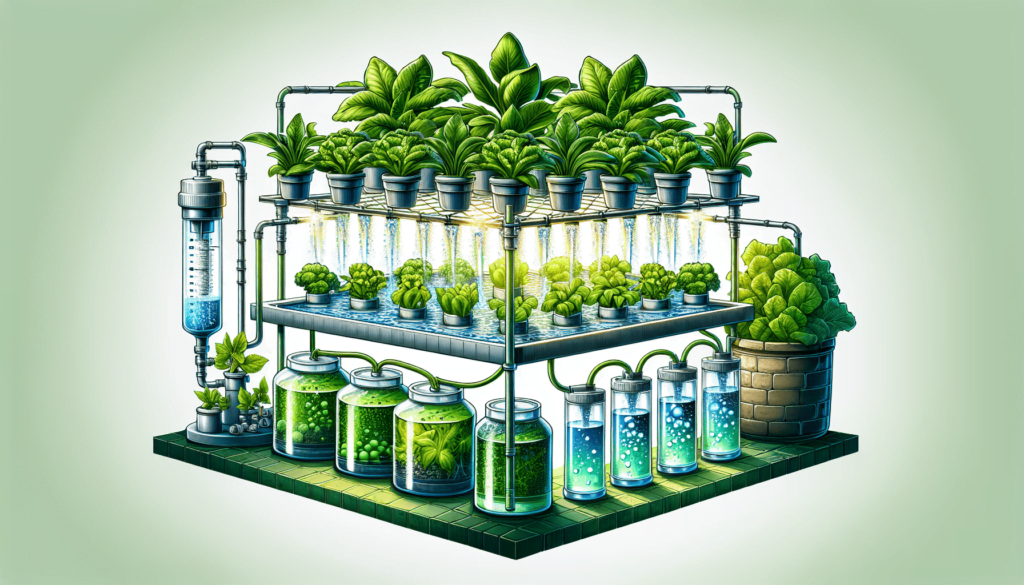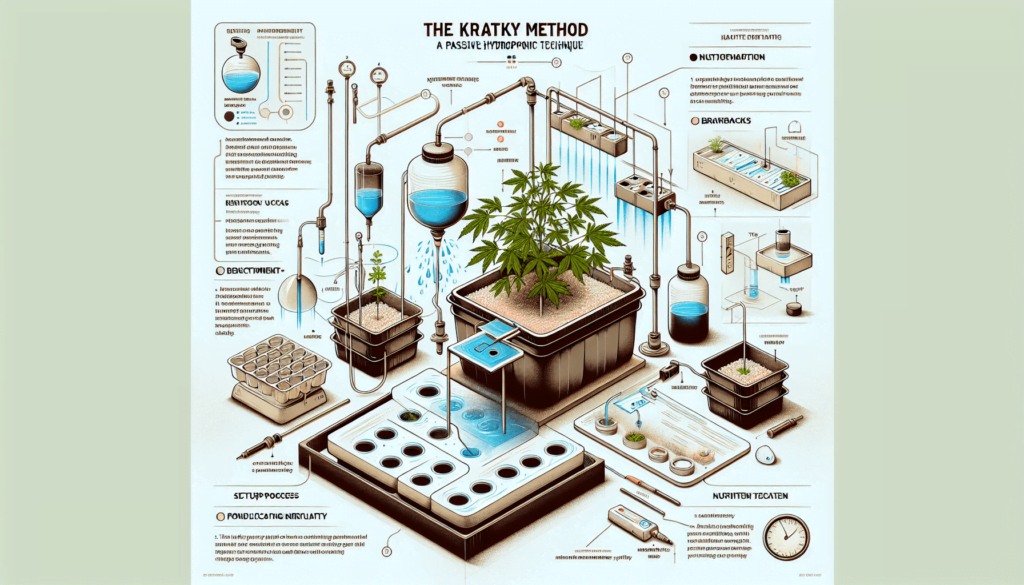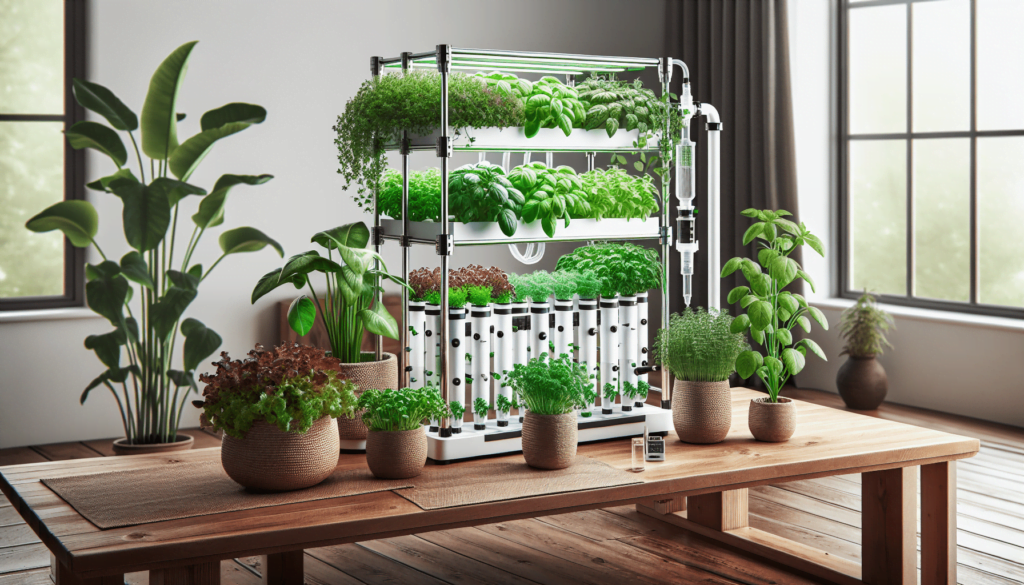Embarking on a journey through the greenery, this article unfolds a comprehensive guide to mastering the art of gardening, specifically focusing on the Kratky Method Hydroponics System. This low-tech, soil-free method of gardening opens up new vistas of efficiency and growth potential, irrespective of the outdoor climate. Taking you step by step through up-to-date practices, we’ve compiled an array of helpful tips and tricks to bolster your success in the field of non-traditional gardening. With a little guidance, prudence, and dedication, turning your thumb green will be a rewarding endeavor!
Understanding the Basics of the Kratky Method
Concept of hydroponics and what the Kratky method is
Before diving into the Kratky method, it’s essential to understand the concept of hydroponics. Hydroponics is a method of growing plants without soil. Instead, plants are grown in a nutrient-rich water solution. Now, what is the Kratky Method? Developed by Dr. Bernard A. Kratky, it is a super simplified form of hydroponics. Within this system, plants are started with their roots immersed in a water-nutrient mix within a non-transparent and sealed container. As the plant grows and consumes the water, an air gap is created, providing a perfect environment for root growth and oxygenation.
The unique advantages of using the Kratky method
The Kratky method holds numerous advantages over other hydroponic systems. Firstly, it’s cheap and straightforward to set up, requiring minimal maintenance due to the absence of moving parts such as pumps or electricity. Secondly, it’s an excellent choice for beginners, allowing them to understand the concept of hydroponics in an easy manner. Finally, it’s perfect for those who desire a more passive system as it doesn’t require regular monitoring like other hydroponic methods.
Common types of plants suitable for Kratky hydroponics
Leafy greens like lettuce, kale, spinach, and herbs like basil and parsley are ideal candidates for the Kratky method. That’s mostly because these plants have a short vegetation period and don’t require a massive root system to maintain growth, making them perfect for this low-maintenance hydroponic system.
Getting Started with Kratky Method Hydroponics
Materials and equipment required to set-up a Kratky system
To set up your own Kratky system, you’ll need a few simple materials: a reservoir (like a plastic tote), net pots, hydroponic nutrients, pH testing and adjustment kit, a growing medium (like rock wool or clay pebbles), and, of course, your chosen plant seeds.
Step-by-step guide to setting up the system
Setting up the Kratky system is relatively simple. First, fill your reservoir with water. Second, mix in the appropriate measure of nutrients and adjust the pH level ideally between 5.5 and 6.5. Third, place your net pots within holes cut out in the lid of your reservoir. Fourth, place your plant seed within the growing medium and place it within the net pot ensuring it barely touches the water-nutrient solution. Finally, place the lid on your reservoir, and wait for nature to take its course!
Safety precautions and considerations when setting up the system
Safety is paramount when setting up your Kratky system. Be sure to wear gloves when handling the nutrient solution to protect your skin. While cutting holes in the reservoir lid, take care not to hurt yourself. Always use safe and non-toxic materials for your reservoir and net pots.
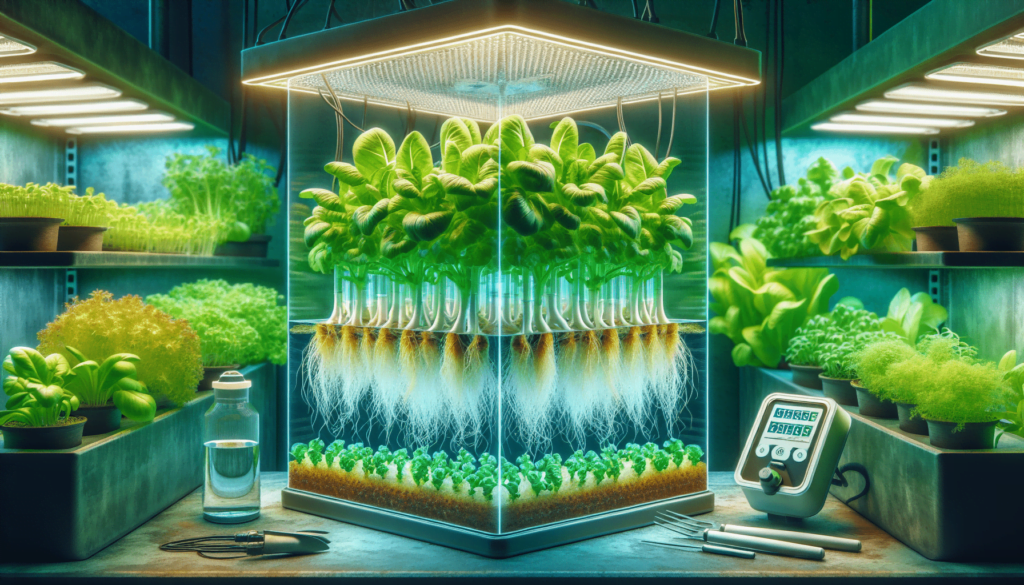
Choosing the Right Hydroponic Nutrients
Importance of nutrients in hydroponic systems
Just as humans need food to grow and function, plants require nutrients too. Nutrient solutions provide all the necessary nutrients usually found in soil. If the plant doesn’t receive the right balance of nutrients, it could affect its growth or even cause it to die.
Types of nutrients suitable for the Kratky method
The choice of nutrient solution is critical for the health of your plants. They should contain all the essential micro and macronutrients required by plants. There are several pre-mixed nutrient solutions available in the market that are suitable for Kratky hydroponics.
Guidelines for selecting and mixing nutrients
When it comes to selecting nutrients, opt for the ones specifically designed for hydroponics. Follow the mixing instructions on the label carefully, ensuring you dilute the appropriate amount of nutrients with water. Over or underfeeding can have adverse effects on your plants, so take care to get the balance right.
Proper Placement and Lighting for Your Kratky System
Understanding the role of light in plant growth
Light is crucial for all plants to perform photosynthesis – the process through which they produce their food. Inadequate light can lead to stunted growth or even death, so it’s critical to place your Kratky system in a well-lit location or provide artificial light.
Selecting the best location for your system
If growing outdoors, place your Kratky system in a location that receives plenty of daylight. If growing indoors, placing the system near a sunny window could work. However, if you are going entirely indoors with no sunlight, artificial lighting is necessary.
Best types of artificial light sources for indoor Kratky systems
Fluorescent lights, especially those specifically designed for grow rooms, work great for indoor Kratky systems. Another option is LED grow lights, which are more efficient and have a longer lifespan.
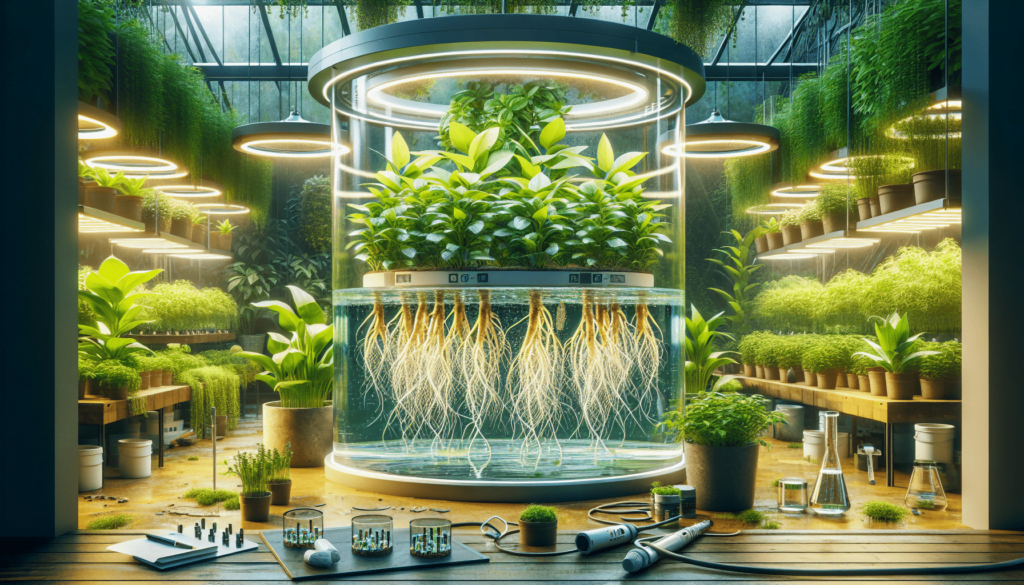
Managing Water Levels in the Kratky Method
Why water levels are critical in the Kratky method
Managing water levels is crucial in the Kratky method as it impacts the availability of nutrients and oxygen to the plant’s roots. Water levels should be just right – neither too high nor too low, as it could either drown the roots or leave them dry.
How to monitor and adjust water levels correctly
In the Kratky method, you usually set and forget. However, if you are growing a plant with a longer growth period, monitoring water levels becomes important. If water levels drop too much, you can add a small amount of nutrient solution to compensate. If water levels are too high, draining some out will suffice.
Troubleshooting issues related to water levels
If your plant looks wilted or unhealthy, it might be due to improper water levels. Too little water could make the plant thirsty while too much could cause the roots to rot. Regularly inspect your system and adjust the water level as necessary.
Successful Plant Selection for the Kratky Method
Deciding what types of plants to grow
The choice of plant for your Kratky system primarily depends on their suitability to the method and your personal preference. As mentioned, leafy greens and herbs tend to thrive in this hydroponic system. Hence, starting with these plants might be a good idea.
Common plants successfully grown using this method
In our experience, lettuce, spinach, basil, and other fast-growing leafy greens excel in the Kratky system. Tomatoes and peppers have also been grown successfully, though they require more care and attention compared to smaller, faster-growing plants.
Tips for growing different plants in the same system
If you’re looking to grow different types of plants in the same Kratky system, ensure they have similar nutritional and lighting needs. Also, try to select plants with similar growth rates so that they reach maturity around the same time.
Dealing with Common Problems in Kratky Hydroponics
Identifying common diseases and pests in hydroponic plants
While hydroponic systems generally have fewer pest issues compared to soil-based ones, they’re not immune. Pests like aphids, spider mites, and root rot or diseases caused by fungi or bacteria can affect your plants. So, it’s crucial to inspect your plants regularly for signs of these afflictions.
Preventing and treating common problems in Kratky systems
Avoiding problems starts with maintaining a clean growing environment and the correct nutrient levels. Using pest-resistant varieties and biological controls like beneficial insects can keep pest problems in check. In case of a disease outbreak, non-chemical interventions like isolation and pruning should be your first line of defense.
When and how to replace the nutrient solution in your system
Over time, the nutrient solution will get depleted. A complete nutrient solution change is not necessary in the Kratky method unless the plants show signs of nutrient deficiency or if you’re growing a plant with a long growth cycle. In such cases, refill the reservoir with new nutrient solution to the original level.
Optimizing Your Kratky System for Better Yields
Pruning and training plants for maximum growth
Pruning and training are techniques to guide your plant’s growth and optimize its health and productivity. Pruning involves removing the less productive or diseased parts of a plant, while training involves manipulating the plant’s growth to make it more efficient.
Use of additives and supplements for boost plant health
Alongside a high-quality hydroponic nutrient, you could consider using additives and supplements that can enhance plant growth and productivity. These can range from root boosters to bloom enhancers. Always follow the manufacturer’s guidelines when using these products.
Effectively timing your planting and harvesting periods
Timing is everything in gardening. Proper planning of planting and harvesting times can lead to better yields. The goal is to take advantage of the most conducive conditions for your plants’ growth phase.
Maintaining Your Kratky System Over Time
Routine checks and maintenance tasks for the system
While the Kratky system is relatively low-maintenance, some routine checks and tasks should be conducted. These include checking water levels and nutrient solution, ensuring the system is clean, and checking for any signs of plant disease or pests.
How to clean your system and when to replace components
Cleaning your Kratky system between growing cycles prevents disease and ensures optimal growing conditions. Use a mild bleach solution and thoroughly rinse before use. Net pots and growing mediums should be replaced between growth cycles, while the reservoir can be reused if it’s still in good condition.
Planning for system upgrades or expansions
As you gain more experience with the Kratky method, you might want to expand or upgrade your system. Planning for this ahead gets you ready when the time comes. Whether it’s increasing the size of your reservoir or adding new varieties of plants, there’s always room for growth!
Advanced Practices in Kratky Hydroponics
Experimental variations and adaptations of the Kratky method
As you become more comfortable with the Kratky method, you can start experimenting with variations and adaptations. This could involve trying out different plant varieties, experimenting with various nutrient mixes, testing pH levels, or even attempting hybrid systems.
Exploring hybrid systems combining Kratky with other hydroponic systems
A hybrid system combines attributes of the Kratky method with other hydroponic systems. For example, you could integrate a water pump to introduce an element of a Deep Water Culture (DWC) system. This could enhance the productivity of your Kratky system even further.
Case studies of successful commercial Kratky operations
While the Kratky method is a simple, passive hydroponic system primarily used by hobbyists or small-scale gardeners, it’s also effectively used in commercial operations. Some entrepreneurs have successfully scaled up the Kratky system to commercially grow and sell high-quality, pesticide-free produce, showcasing the immense potential of this hydroponic method.
Forum
Got something to share or a question to ask? Jump in and start a conversation! Whether it’s tips, advice, or just sharing your experiences, we’d love to hear from you. Don’t be shy—your input could inspire or help someone else!- This forum has 1 topic, and was last updated 10 months, 2 weeks ago by .
- Topic
- Voices
- Last Post
- You must be logged in to create new topics.
